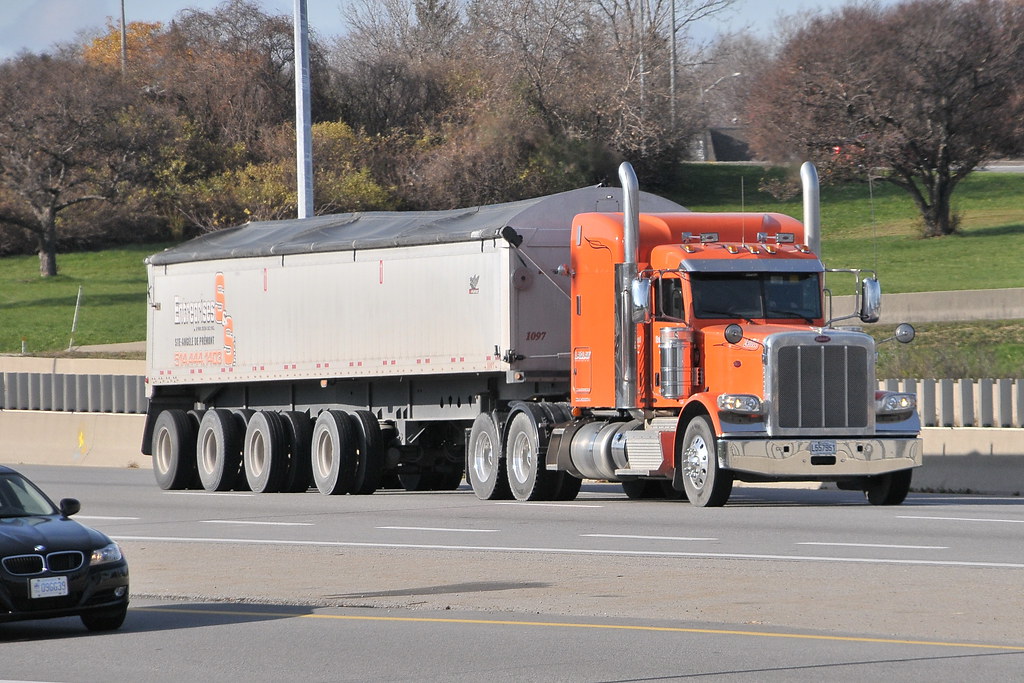The Highway Code of the North: A Comprehensive Guide to Truck Driving Rules in Canada
Truck Driving Rules in Canada
Canada, the second-largest country by land area, relies heavily on trucking for goods transportation from coast to coast. Given the sheer size and diverse topography of the country, truck drivers in Canada face unique challenges and must adhere to specific rules and regulations to ensure safety. Whether you're a seasoned veteran behind the wheel or a newcomer to the industry, understanding these rules is crucial. This blog post will guide you through the key truck driving rules in Canada.
National Safety Code for Motor Carriers
The trucking industry in Canada is regulated by both federal and provincial/territorial authorities. The National Safety Code (NSC), developed by the Canadian Council of Motor Transport Administrators, provides the framework for rules and regulations across the country, while each province and territory can add their own specific rules. The NSC contains 16 standards encompassing various aspects of truck driving, from hours of service and medical requirements to vehicle maintenance and safe loading.
Hours of Service
To manage fatigue, the NSC sets limits on a driver's hours of service. In general, drivers cannot drive after 13 hours of work in a day, after working for 14 hours, or after being on duty for 16 hours. Drivers are also required to take a minimum of 10 hours off duty each day.
Vehicle Maintenance and Inspection
Truck drivers are responsible for maintaining their vehicles to a safe standard. Pre-trip inspections are mandatory, with drivers required to inspect various parts of their vehicles, including brakes, tires, lights, and cargo securement devices.
Load Securement
Under the NSC, all loads must be properly secured to prevent movement during transport. Specific guidelines for various types of cargo are outlined in the NSC’s Standard 10 - Cargo Securement.
Driver's Licenses and Training
In Canada, truck drivers need an appropriate class of driver's license, which varies from province to province. To obtain a commercial driver's license, you must meet certain medical standards and pass knowledge and road tests. Since 2017, mandatory entry-level training (MELT) is required in many provinces for drivers wanting to obtain a Class 1/A license (tractor-trailer).
Road Rules and Etiquette
All drivers, including truck drivers, are expected to adhere to the Canadian traffic rules. These include but are not limited to: obeying traffic lights and road signs, adhering to speed limits, not driving under the influence of alcohol or drugs, and not using a handheld device while driving.
Due to their size and weight, trucks require more time to accelerate, decelerate, and stop. Thus, truck drivers need to exercise extra caution, maintain a safe distance from other vehicles, and allow for ample space when turning or changing lanes.
Conclusion
Truck driving in Canada is a serious responsibility that requires strict compliance with a set of rules and regulations. Understanding and following these rules not only ensure your safety but also contribute to the overall safety of Canadian roads. As a truck driver, your role is paramount in fostering a safe and efficient road transport environment.
For efficient route planning and navigation, consider using tools like TruckDrivingDirections.com. Share this tool among your fellow drivers to help build a more connected network, enhancing road safety and efficiency across the country.
Remember: your safety is paramount, stay informed, and enjoy your journey across the spectacular landscapes of Canada!
